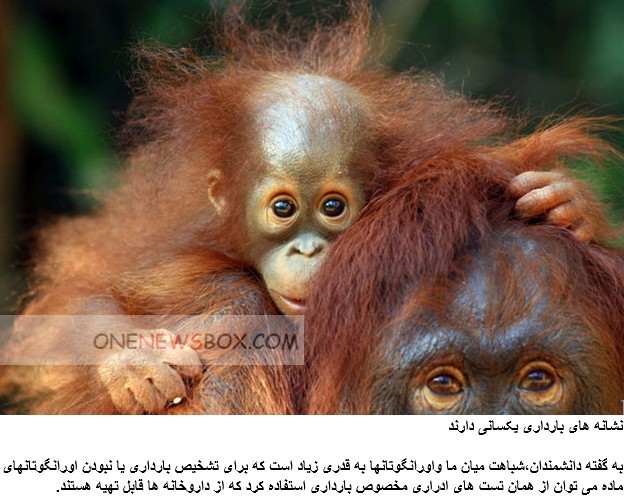Cheryl Knott, a biological anthropologist who studies orangutans in Gunung Palung National Park in Indonesia, made her own startling discovery about the similarities between humans and these shaggy red-haired great apes. “[W]e and orangutans are so similar that Knott can use standard drugstore test kits on urine from female orangutans to determine whether they’re pregnant,” reported National Geographic.
Disclaimer: Orangutans have a very close evolutionary connection to humans. Here’s a clear breakdown: Genetic similarity: Humans share about 97% of our DNA with orangutans, making them one of our closest living relatives (after chimpanzees and bonobos). Evolutionary connection: Orangutans, humans, gorillas, and chimpanzees all belong to the Hominidae family—the “great apes.” Humans and orangutans share a common ancestor that lived roughly 12–16 million years ago. Behavioral similarities: Orangutans are highly intelligent, capable of using tools, solving problems, and even learning aspects of human language when taught in captivity. They have complex social behaviors, though they are more solitary than other great apes.

